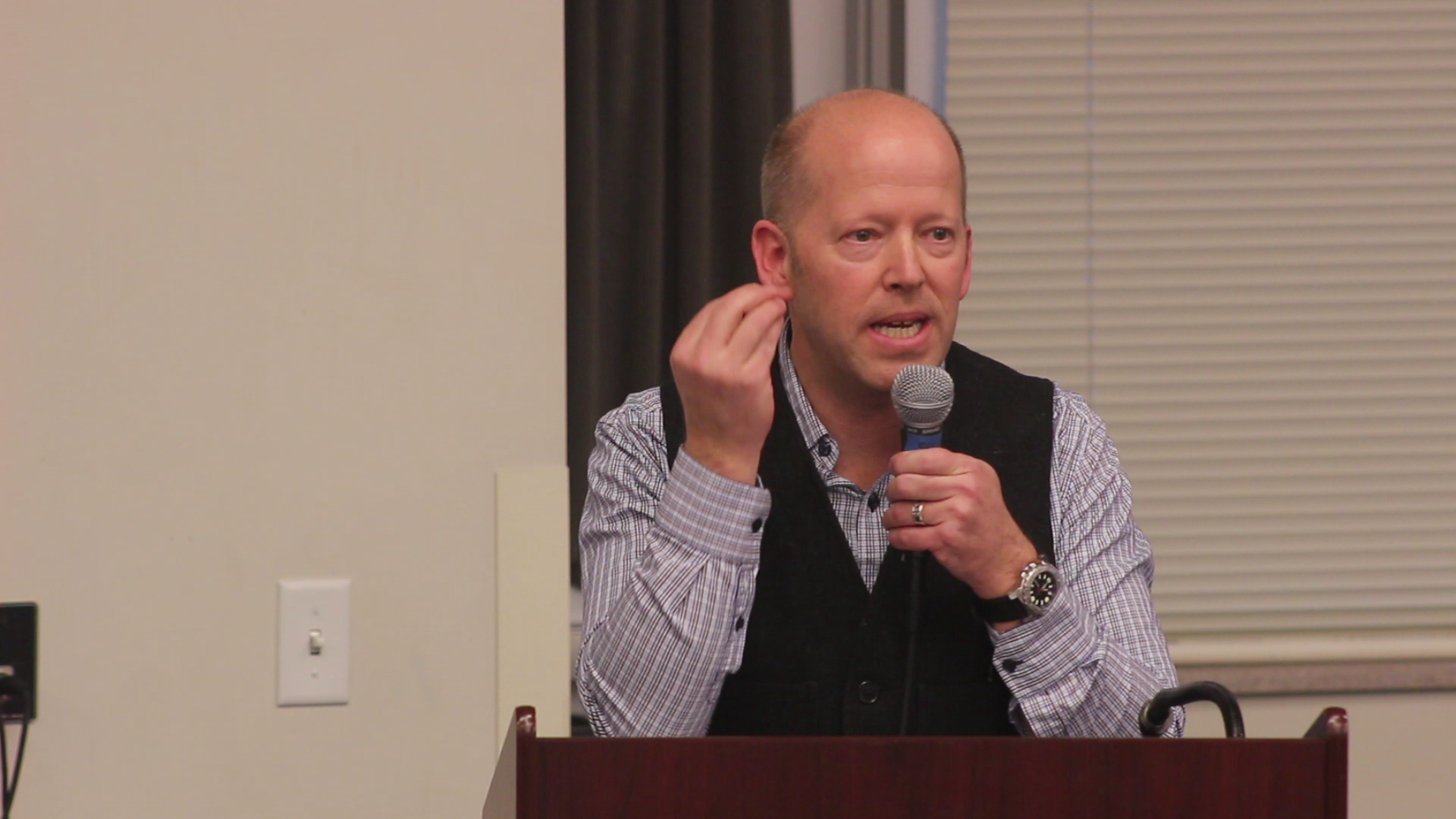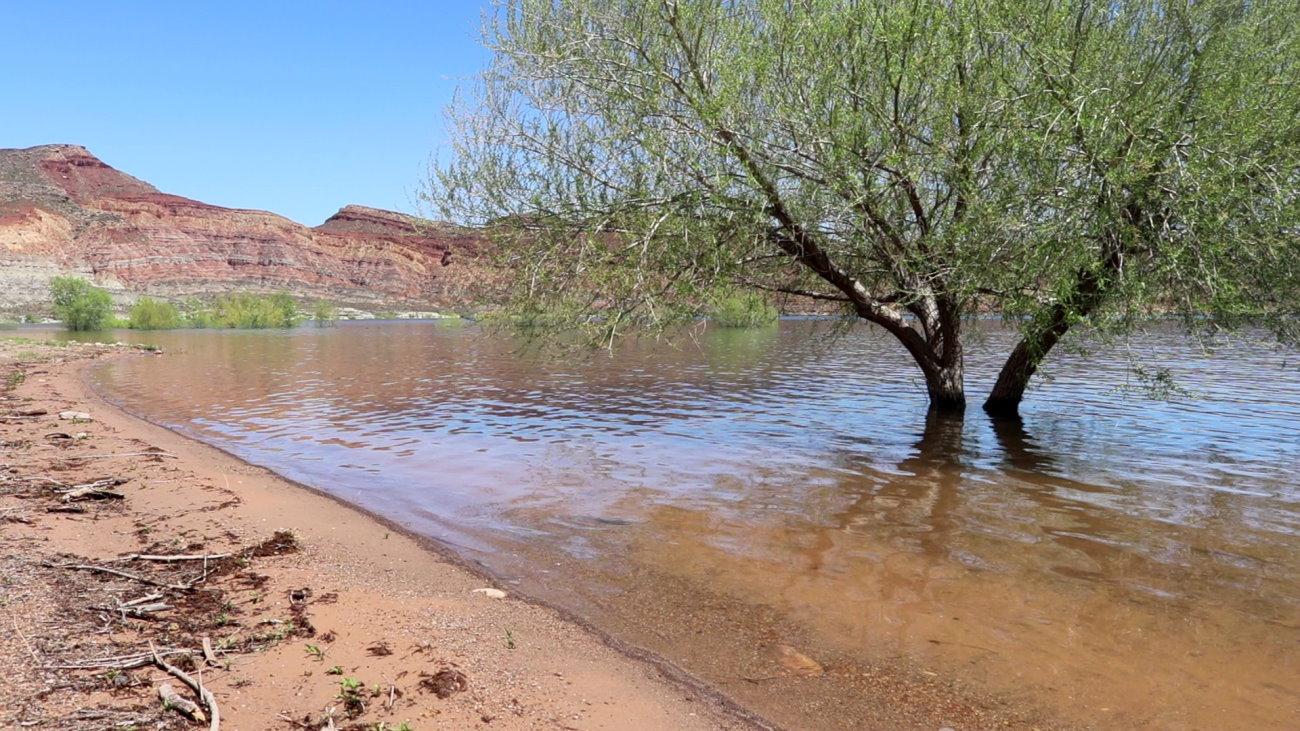ST. GEORGE — A group that opposes the Lake Powell Pipeline claims the Washington County Water Conservancy District is hiding a massive surplus of water from the public and is manipulating the numbers in order to justify building the pipeline.

Last week, the Utah Rivers Council issued a press release detailing what it claims are contradictory statements made by the district in regard to how much water the county has available.
Read more: After lengthy permit process, Lake Powell Pipeline ready for next step
“The WCWD appears to be concealing its water supply totals to falsify a need for more water and convince Utahns to spend billions of dollars for the proposed Lake Powell Pipeline,” the Utah River Council’s press release states.
Ron Thompson, general manager of the Washington County Water Conservancy District, said the group is misrepresenting the data.
“Those responsible with providing water to Utah’s population and economy know the Lake Powell Pipeline is essential to serve the future needs of our community. Misrepresented data prepared by opposition groups doesn’t change that fact.”
Utah River Council’s claims
When addressing the governor’s Executive Water Finance Board in September, water district officials said the Virgin River provides 60,000 acre-feet water annually. The district states in its response to the Utah River Council’s claims, that amount referred to culinary, or drinkable water, and was not combined with other factors like secondary water and future water projects not including the Lake Powell Pipeline.

Read more: State board discusses financing of Lake Powell Pipeline amid recurring concerns
However, according to the council, the water district has given contradictory amounts three other times since 2011.
In 2017, the water district told the bond-rating agency Fitch Ratings that the annual water supply was 100,000 acre-feet, which is enough to to triple the county population, according to the council’s press release.
The amount changed again in 2011 and 2013, when the water district claimed to have 105,000 acre-feet and 74,600 acre-feet of water, respectively.
Overall, the changing number accounts for a fluctuation of 45,000 acre-feet of water, according to the council
It also claims Washington County has 200,000-plus acre-feet of water available, citing the 2016 “Exploring Utah Waters” report from Utah State University.
“The WCWCD is playing fast and loose with their water supply numbers to drum up support for this unnecessary project. At best, these contradictions demonstrate incompetence,” Zach Frankel, Utah Rivers Council executive director, said in the press release.
The water district responds
Washington County is projected to grow to a population of around 500,000 by 2065, according to the University of Utah’s Kem C. Gardner Center.

Taking 60,000 acre-feet of water from a single source – namely the Virgin River basin – isn’t going to support that number of people, the water district argues. It also said it would be “irresponsible” to depend on the Virgin River alone for the county’s needs, especially a county with one of the fastest growing populations in the country.
The 140-mile Lake Powell Pipeline would bring over 82,000 acre-feet to Washington County and help diversify the county’s water supply, according to the water district.
A breakdown of where the water district would be getting its water by 2065 includes the Virgin River and Lake Powell Pipeline, agricultural conversion (water formerly used for farmland going into the water district’s overall supply), local projects, and water conservation and reuse projects.
The water district estimated it will take 140,000 acre-feet in new water supplies to support the projected population for 2065.
The district claimed in its response that the Utah Rivers Council’s numbers lack context:
To clarify the numbers cited in URC’s press release, the district reported 60,000 acre feet of water in 2018 in reference to the county’s reliable culinary water supply; the 74,600 acre feet reported in 2013 is the county’s reliable culinary and secondary water supply prior to climate change modeling that suggested an approximately 10 percent reduction; the estimated 100,000 acre feet reported in 2011 and in the 2017 Fitch Ratings include current and future reliable culinary and secondary water supply, excluding the Lake Powell Pipeline.
Regarding the 200,000-plus acre-feet the Utah Rivers Council connects to the 2016 “Exploring Utah’s Water,” the district also said it has “reviewed this fact sheet and confirmed with the report’s authors that this document does not report the county’s available water supply.”
Water supply numbers themselves are not stagnant and subject to change due to a number of factors, including changes in water quality standards, environmental requirements and climate variations, Thompson said in the water district’s response.
Email: [email protected]
Twitter: @MoriKessler
Copyright St. George News, SaintGeorgeUtah.com LLC, 2019, all rights reserved.